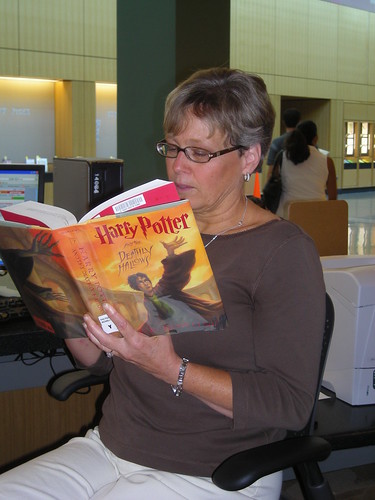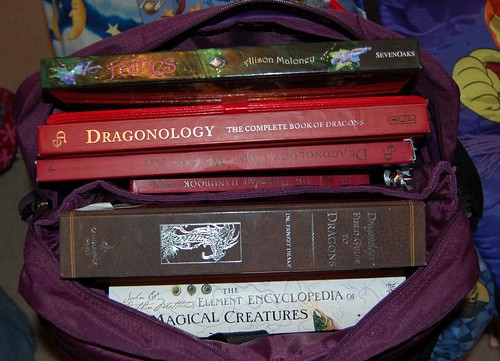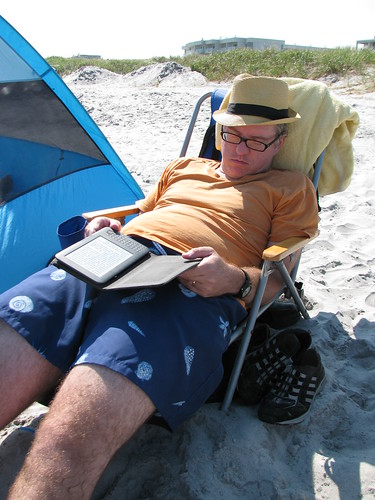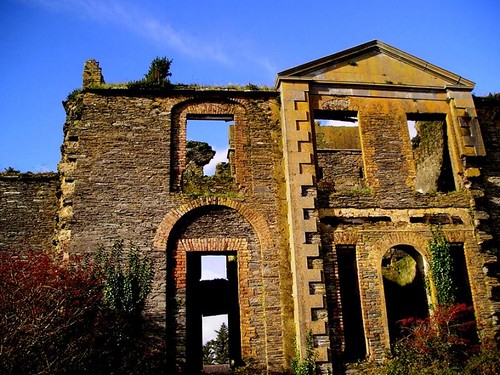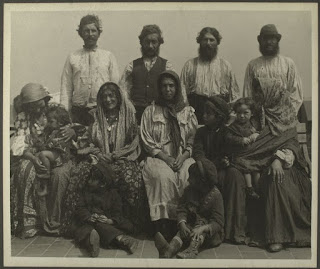This is an awkward post for me to write, but I'm doing it because I want people to understand me better...or more likely, I want to understand myself better. When you read it, you'll probably wonder what the big deal was. I'm not uncovering skeletons or confessing a sin. It will seem that way to you because you're not me, so don't feel bad.
Well, you might know that families are complicated. You might relate to that concept. And a disclaimer first: my family loves me, and I love them. Okay. Here goes...
Technically I was not an only child. I had three older sisters. (I say had because the oldest has passed away.)
Since there are nearly seven years between me and my closest sister, I've heard it said (by
Dr. Kevin Leman and others) that puts me in the only child category. And quite honestly, it's a lonely place to grow up.
Don't get me wrong, I love my sisters, but truly they grew up without me there and that changes how a relationship develops.
 |
| My mother and sisters long before me. |
Why am I telling you this? Because while I was attending a writing seminar a few years ago, the leader kept asking me why writing these family legacy type stories was so important to me.
 |
| No siblings in several of my growing up pictures. |
"Because," I said, "we can all learn so much from history and the sacrifices made for us."
"Why?" she asked.
"Because it's important to know who you are."
"Why is it important?"
"Uh, because then we will know where our place in the world is."
"Why, why, why?"
Hmm...She made me search my heart and it came down to the loneliness. I need to feel connected to family because so often growing up, I did not.
There you have it.
That's kind of a hard thing to admit, frankly.
So I started wondering...
Where is my place? How do I know I belong? What is the family legacy I need to pass on? Where does it start?
I imagine adopted people feel this even more strongly than I did, not to mention children raised in foster care. Everyone has to find that connection somehow. For some it comes through mentorship or close friends. Family gets redefined, and I think that's the absolute right thing for some people.
For me, I had a family. They were just older than me, and different, and involved in activities I was not ready for. I was on a journey to find my place.
It started here:
I think I was about 13 or 14. My oldest sister (middle, in the big-legged pants and halter top) visited from California and we had a reunion with my mom's side of the family. Always being the youngest (and most bored) I started collecting my relatives' stories and recollections. Something you MUST do. Right now! All of you!
 |
Agee Family Reunion
|

Then several years later my parents bought me a book to record my family history. And I just took off from there.
 |
| This was taken in 1984 after we were all grown up. Technically. :) |
There are advantages to being the youngest by many years. If I can't think of any, my sisters will. But as for genealogy, my situation drove me to study the branches on the tree, and therefore I learned a lot. And when I have time to keep looking, I will certainly uncover much more. Anyone who does family research knows it's never ending and addictive.
Just a few of my discoveries:
- My grandfather did well during the Great Depression because he was the only manager of the only Kroger grocery in a fair-sized city.
- My grandmother's paternal side lived for many years in Ohio (something I only recently learned) and one was a part of an antislavery movement near Cincinnati. I am pretty certain she never knew this.
- One ancestor died at home during the Civil War. He was brought home by his brother and because he died at home, his widow had a difficult time getting her pension.
- My Scots-Irish ancestors left Ireland not only to escape poverty but also because they didn't believe in paying tithes to a church they didn't belong to.
- One ancestor, when only a young boy, freed a slave he had been given as payment on a debt.
- Another ancestor after becoming a widow, moved her children to the wilds of Indiana where Indians were still a threat. She bought land (not usual for a woman in the early 1800s.) And they prospered there.
Family history will continue to inspire my writing, from novels, to short stories, to non-fiction articles. I think our experiences meld us into who we are and what we feel compelled do. And as a Christian I believe God directs our paths.
So, to rephrase
another writer, "I write to know I'm not alone."
If you're a genealogy buff, what experiences formed your passion for researching your roots?

